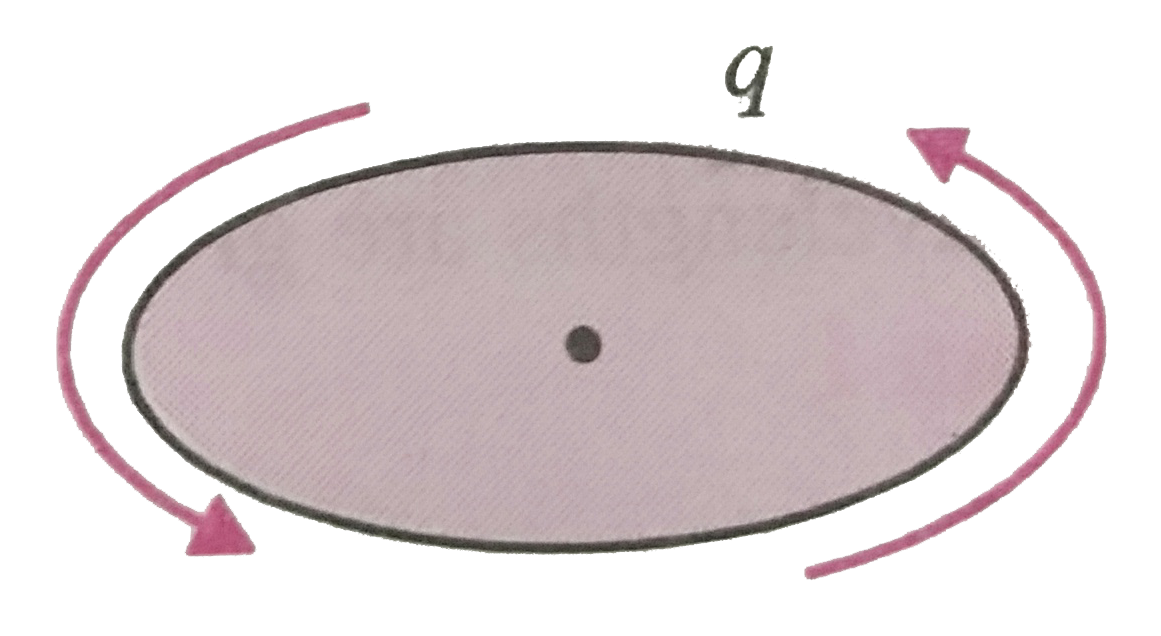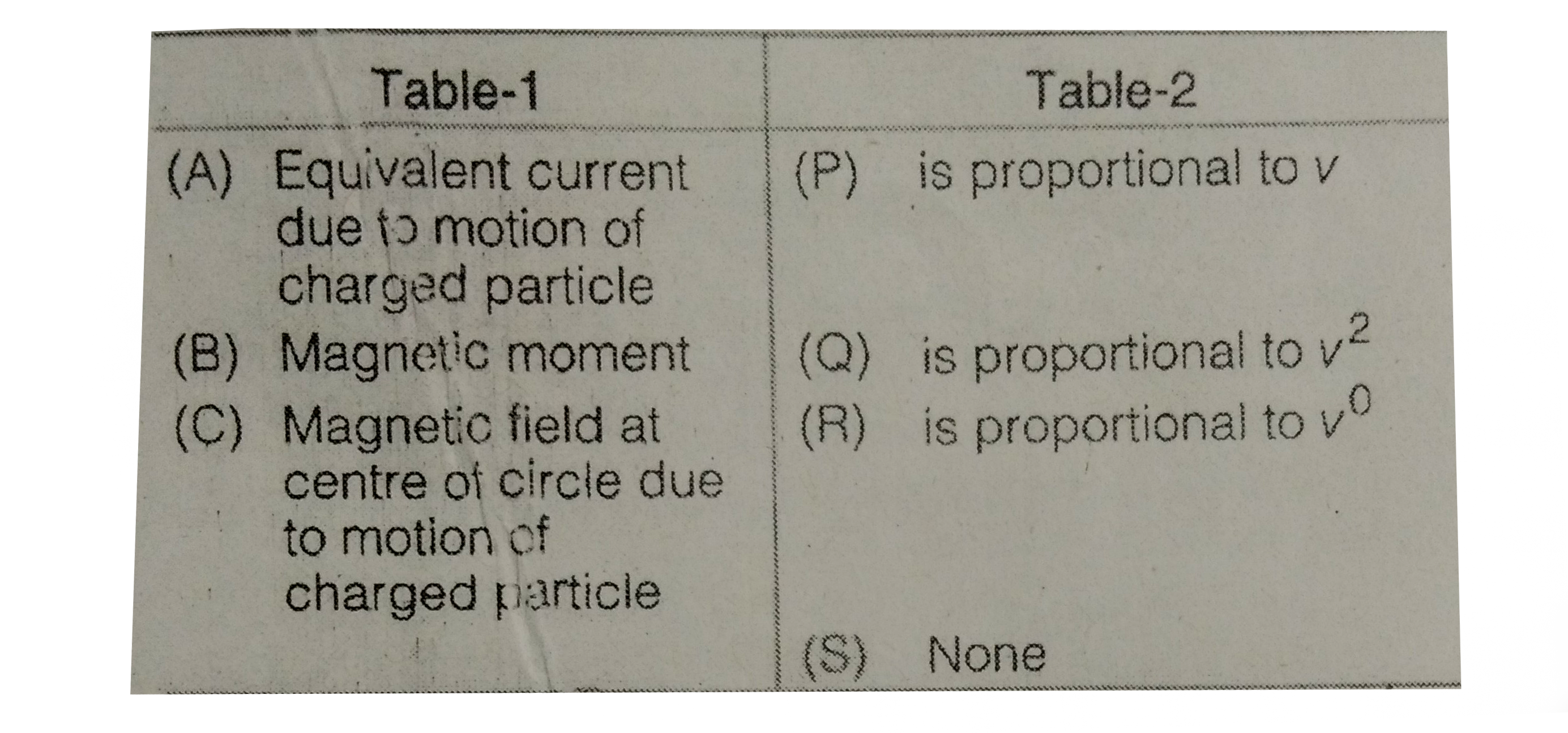Assertion : When a charge particle moves in a circular path. It produces electromagnetic wave.
Reason : Charged particle has acceleration.
If both assertion and reason are true and reason is the correct explanation of assertion.
If both assertion and reason are true but reason is not the correct explanation of assertion.
If assertion is true but reason is false.
If both assertion and reason are false.
The correct Answer is:A
To solve the given question, we need to analyze both the assertion and the reason provided.
Step 1: Understand the Assertion
The assertion states that "When a charged particle moves in a circular path, it produces electromagnetic waves."
- When a charged particle moves, it generates an electric field around it. If the particle is accelerating (which it does when moving in a circular path), it creates a changing electric field, which in turn produces a magnetic field. This combination of changing electric and magnetic fields propagates as electromagnetic waves.
Step 2: Understand the Reason
The reason states that "Charged particle has acceleration."
- A charged particle moving in a circular path experiences centripetal acceleration. Even though the speed of the particle remains constant, its direction changes continuously, leading to a change in velocity. Acceleration is defined as the rate of change of velocity, and since the velocity is changing (due to the change in direction), the particle is indeed accelerating.
Step 3: Analyze the Relationship
Now, we need to determine if the reason correctly explains the assertion.
- Since the charged particle is accelerating while moving in a circular path, it indeed produces electromagnetic waves as stated in the assertion. The acceleration is the key factor that leads to the generation of these waves.
Conclusion
Both the assertion and the reason are true, and the reason provides a correct explanation for the assertion.
Final Answer
Both the assertion and reason are true, and the reason is the correct explanation for the assertion.
The assertion states that "When a charged particle moves in a circular path, it produces electromagnetic waves."
The reason states that "Charged particle has acceleration."
Now, we need to determine if the reason correctly explains the assertion.
Both the assertion and the reason are true, and the reason provides a correct explanation for the assertion.
Both the assertion and reason are true, and the reason is the correct explanation for the assertion.
Similar Questions
Knowledge Check
An electromagnetic wave can be produced, when charge is
Amoving with a constant velocityBmoving in a circular orbitCfalling in an electric fieldDboth (b) and (c)A particle revolves round a circular path with uniform speed. The acceleration of the particle is
Aalong the circumference of the circle.Balong the tangentCalong the radiusDzero
Assertion: A charge moving in a circular orbit can produce em wave.

Reason: The source of em wave should be in accelerted motion.
View SolutionA charged particle moves in a circular path in a uniform magnetic field. If its speed is reduced, then its tiem period will
View SolutionAssertion: A charged particle is moving in a circle with constant speed in uniform magnetic field. If we increase the speed of particle to twice, its acceleration will become four times.
Reason: In circular path of radius R with constant speed v, acceleration is given by v2R
View SolutionAssertion A beam of charged particles is employed in the treatment of cancer.
Reason Charged particles on passing through a material medium loss their energy by causing ionisation of the atoms along their path.
View SolutionAssertion : Path of a charged particle in uniform magnetic field cannot be a parabola.
Reason : For parabolic path acceleration should be constant.
View SolutionWhen an electron moves in a circular path around a stationary nucleus charge at the center
View Solution
